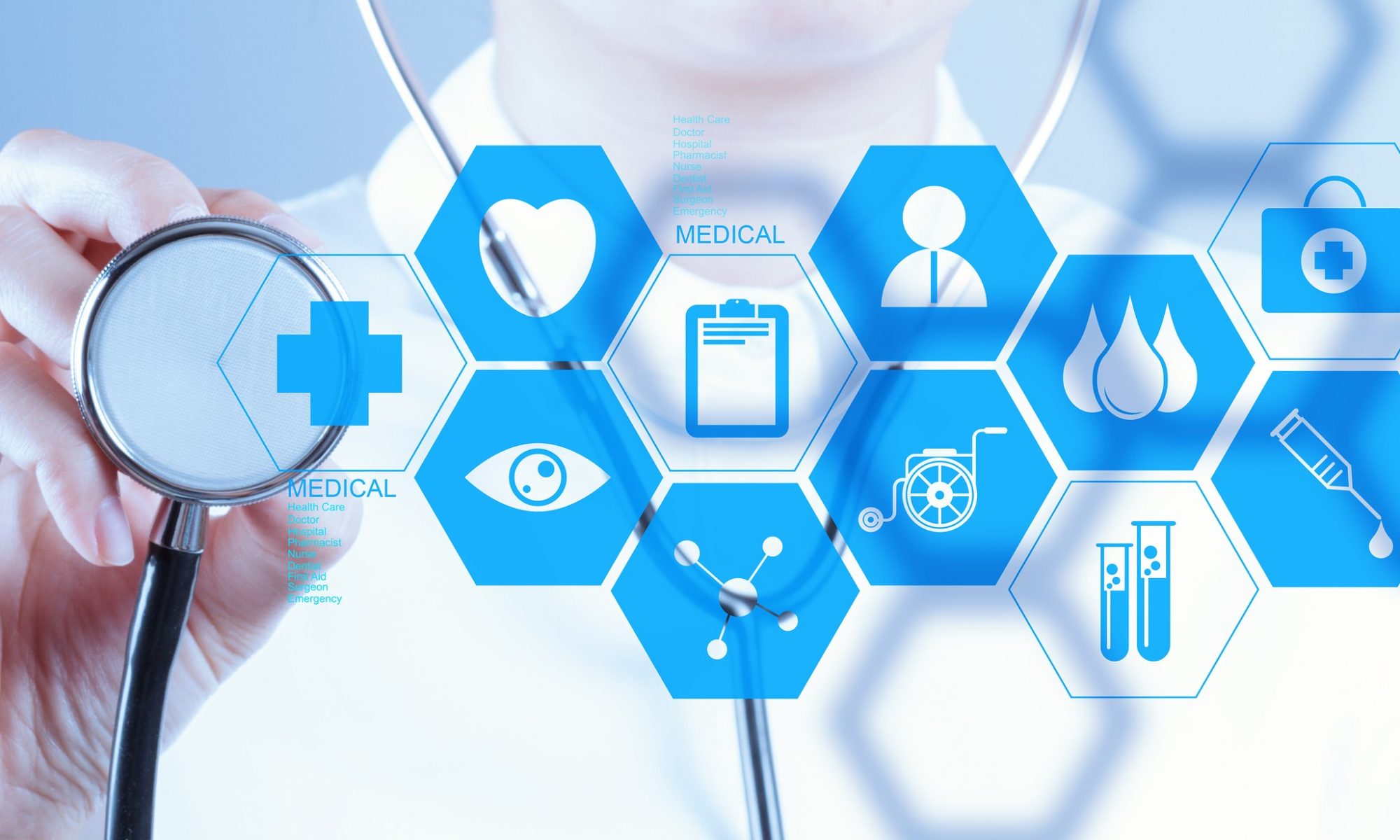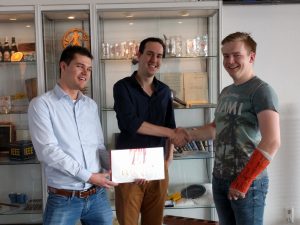With a total of 10 students we attended this congress on a sunny Friday in March. We gathered at Eindhoven station where we took the train to Heeze followed by a bus to Kempenhaeghe. After our registration we started the day with a session about neurocognition, where the main topic was ‘brain and learning’. We kicked off with an interesting lecture about neuroplasticity in clinical practice. Here we saw some examples of children suffering from a physical disability due to severe brain damage, where some of the disability was recovered due to the fact that healthy brain cells took over the task of damaged brain cells. One example was a baby of which the right hemisphere was totally damaged, so therefore it could not move the left part of its body. But in a few months it was already capable of lifting the arm slightly and after a year, the arm and leg could be moved again. However, it was only possible to mimic movements of the right part of the body, but still an impressive improvement.
This session continued with lectures about the memory on neuronal level and whether DCD (Developmental Coordination Disorder) was a development disorder or a learning disorder. Concluding there were some talks about dyslexia and dyscalculia, and the fact that genetics and the environment have more influence on these disorders than expected. Around 12.30 it was time for lunch, which was organized at Heeze castle. Here some delicious dishes were prepared for us, which we could eat in the lovely sun while enjoying the nice scenery of the castle.
Two hours later we were back at Kempenhaeghe for the afternoon session about ‘clinical demand versus technological offer’. As few technicians amongst a lot of clinicians at this congress, this was a very interesting topic. Also the chairs of this session were two professors of our own department, Johan Arends and Rob Mestrom. Here we started with a lecture about the differences between technicians and clinicians. It was fun to see that these differences are not only about knowledge, but also about language and approaches to solve problems. Whereas technicians make models and simplify everything, it is necessary for clinicians to have a lot of specific knowledge and are able to tackle patient specific problems. The main point is that we should be aware of these differences and that it is worth to invest in each others terminology.
After that, there was some talk about what technology was needed for epilepsy surgery and where there were improvements to make. The session ended with a talk about optogenetics/chemogenetics, which could in the future be a treatment of epilepsy with the use of light or receptor specific drugs, and a talk about seizure detection and SUDEP prevention. After that some stayed at Kempenhaeghe for a concluding drink, but the majority had digested enough information for the day and went back to the train station. Looking back it was really a nice and interesting day, and I am sure that we will attend the congress next year as well!
Slideshow: An impression of ‘Update @Kempenhaeghe’
[ngg_images source=”galleries” container_ids=”2″ display_type=”photocrati-nextgen_basic_slideshow” gallery_width=”600″ gallery_height=”400″ cycle_effect=”fade” cycle_interval=”3″ show_thumbnail_link=”1″ thumbnail_link_text=”[Show thumbnails]” slug=”Update-@Kempenhaeghe” order_by=”imagedate” order_direction=”ASC” returns=”included” maximum_entity_count=”500″]


